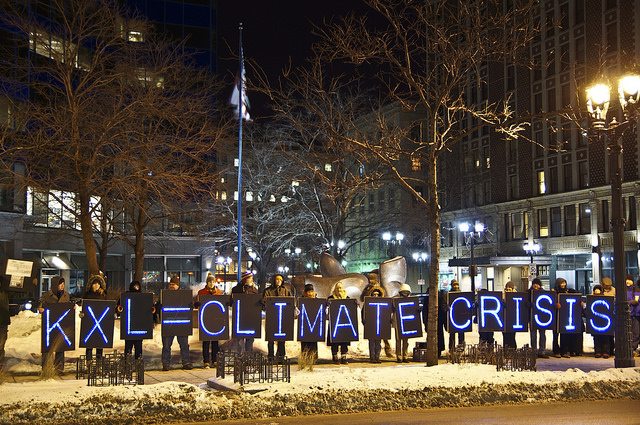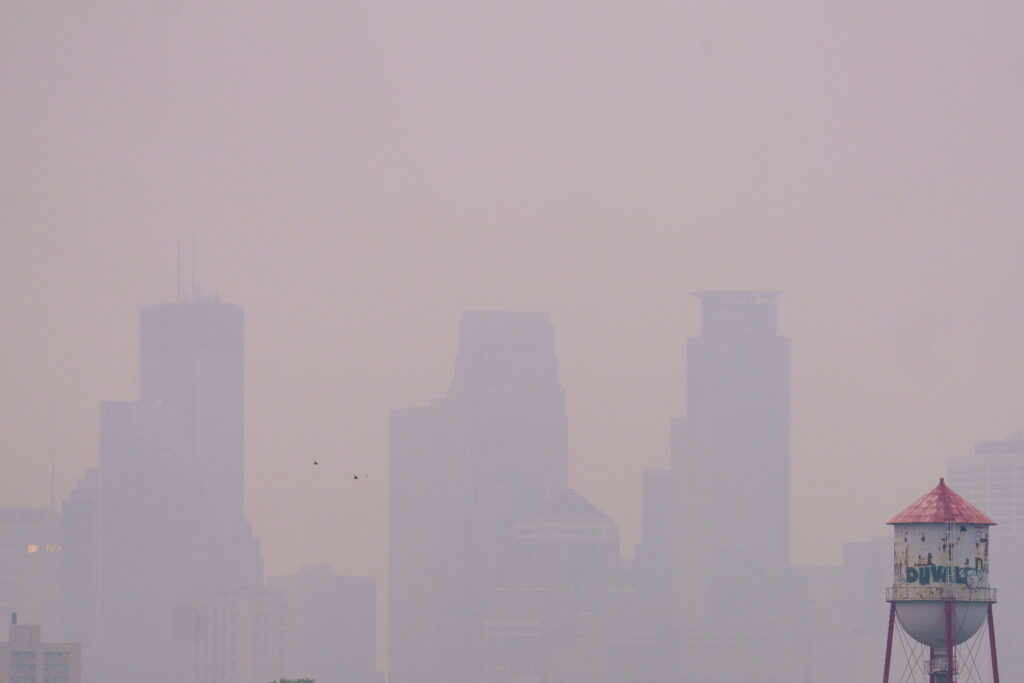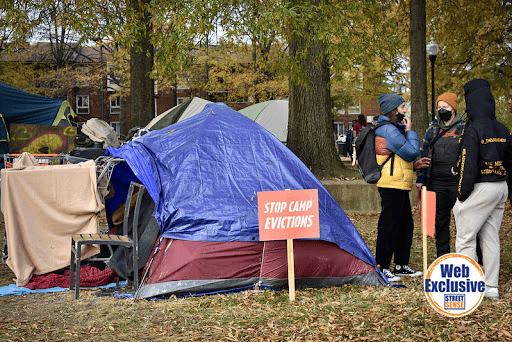Last month I attended the Metcalf Institute’s Climate Change Seminar, held at the Woodrow Wilson International Center for Scholars. It was an immersion workshop for journalists that provided comprehensive understanding of scientific perspectives about challenges confronting our environment and gave participants the opportunity for in-depth question-and-answer with experienced scientists and policy experts.
Every workshop touched on climate change and how to relate different aspects of it to both regional and national audiences. One example was the issue of sea level rise, including how it affects storm surge such as that seen with Hurricane Sandy and how drastically the number of these floods would increase in the future.
Mankind, with its misuses of greenhouse gasses, has become its own worst enemy, and the outcomes are melting our ice caps around the world. A simulation tool from the nonprofit research group Climate Central was used to project the future impact in cities bordering the shore line, and the economic and political consequences across the globe.
Congress needs to understand our current climate crisis and support innovators who are developing new approaches on how to prevent coastal shore erosion. Think tanks, whose experts were part of the workshop panels, have to make their research “policy relevant,” because some current mandates are rigid and impede adaptation and flexibility. Flexibility is essential in dealing with a crisis situation.
One example of policy barriers is the red tape that prevents construction of natural barriers to prevent storm surges and coastal flooding.
The construction of coastal barriers falls under the jurisdiction of the Army Corps of Engineers. Getting a permit through them to build a concrete wall has become a stream-lined process over the years, and it can take a matter of months. In contrast, permitting a less common natural barrier that would enrich the coastal ecology and be more resilient to extreme weather can take years to process through the same system.
A journalist from the Associated Press recommended that all journalists have a scientist concur with the information reported in order to have the highest level of credibility. A documentary producer showed how his films are documenting countries that are presently affected by sea level rise and how they are learning to adapt. One example was the use of boats as floating classrooms in Bangladesh.
If the world wants to survive the impact of sea level rise, then we must first start with all human beings reducing carbon dioxide output as much as possible within the next five year; implementation of this reduction must start at a policy level and ripple through the government and down to the general population.
The data is there: the storms are getting worse, more rapid, more intense. If we continue to just have conversations and some demonstrations, then we will all soon be floating in the sea. If we proactively respond to this current crisis, then our chance of survival is extremely high. Only if we start reducing greenhouse gases (i.e. carbon dioxide, methane, nitrous oxide, fluorinated gas) that cause global warming to our environment, and allow future innovators to invent technology that does not harm our environment, will we be able to protect and save our planet. Remember, if we don’t take care of this planet, we will all be homeless at the end of the day.






